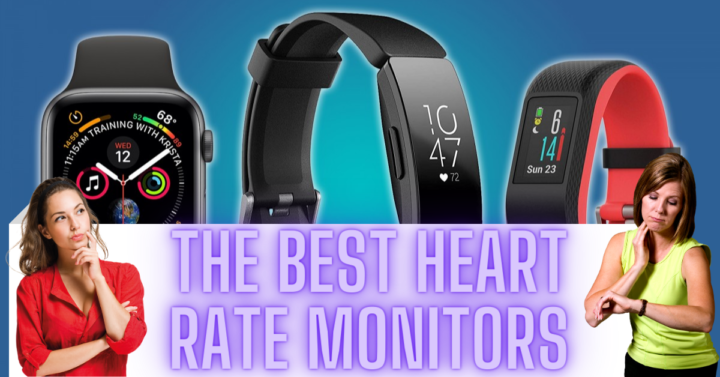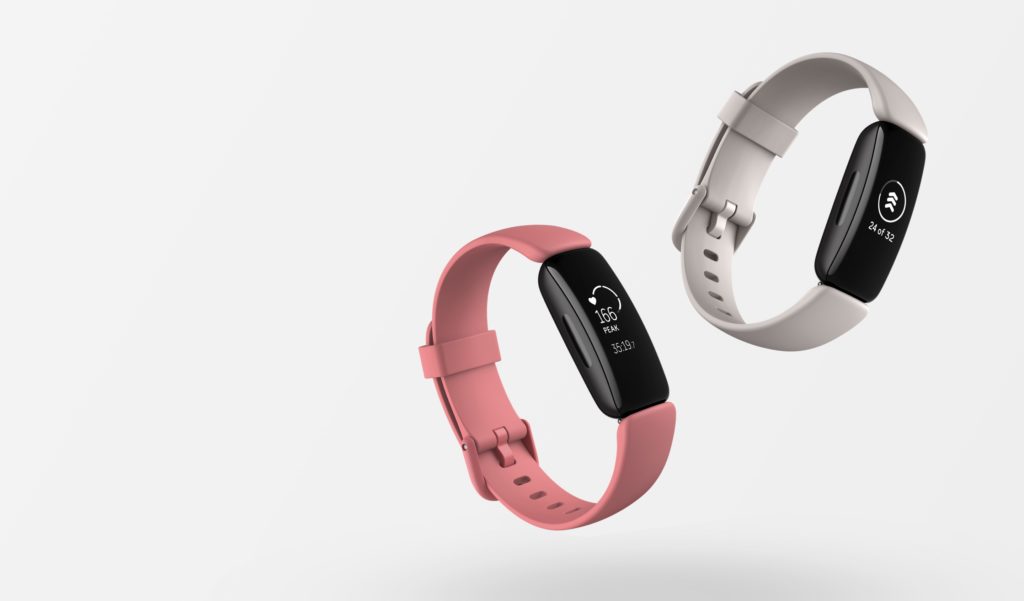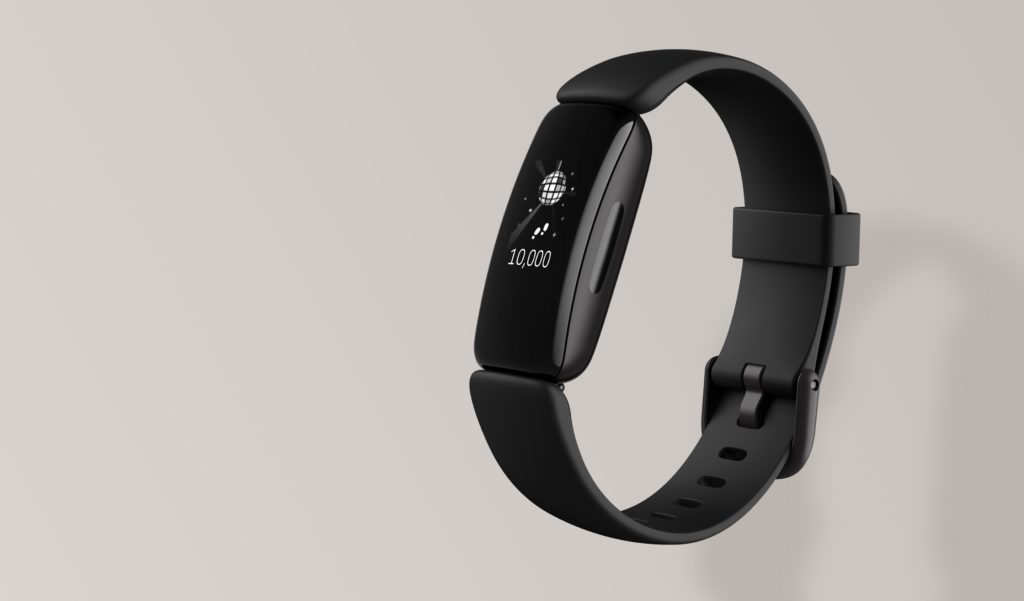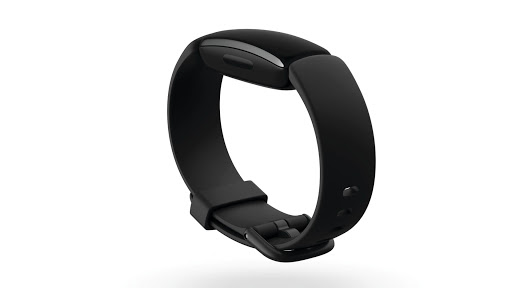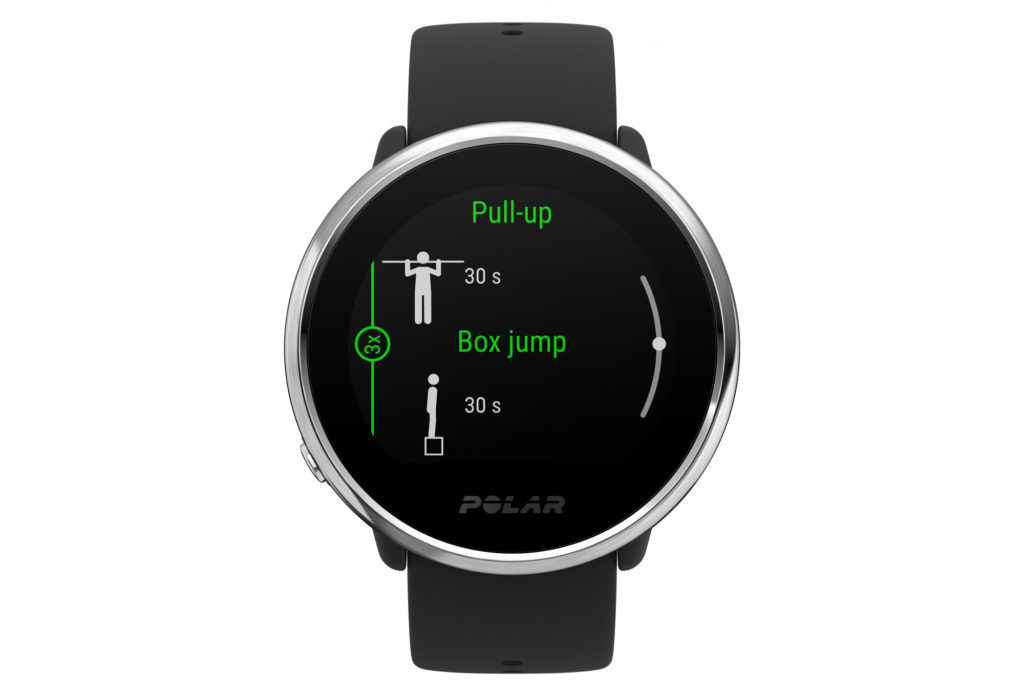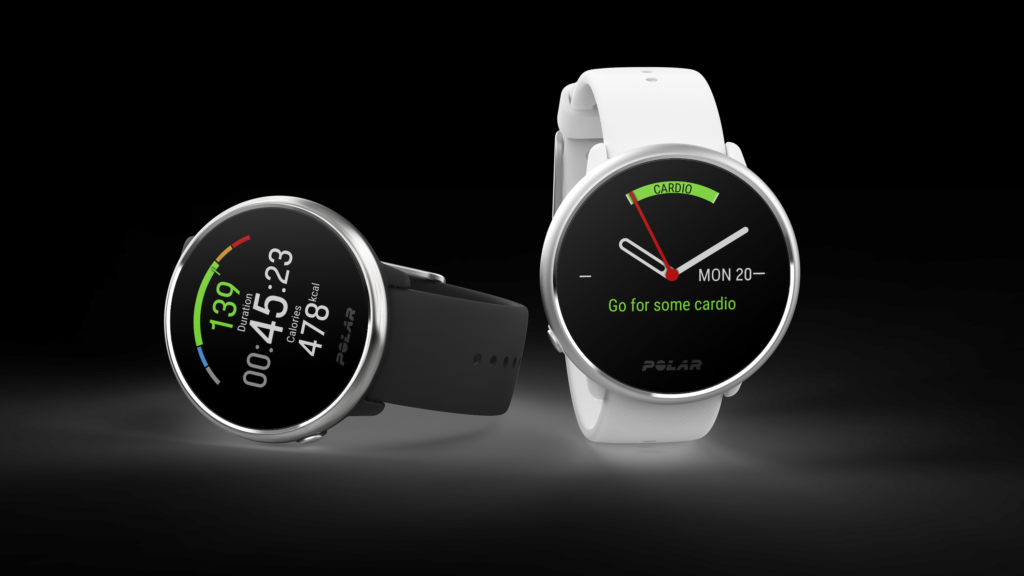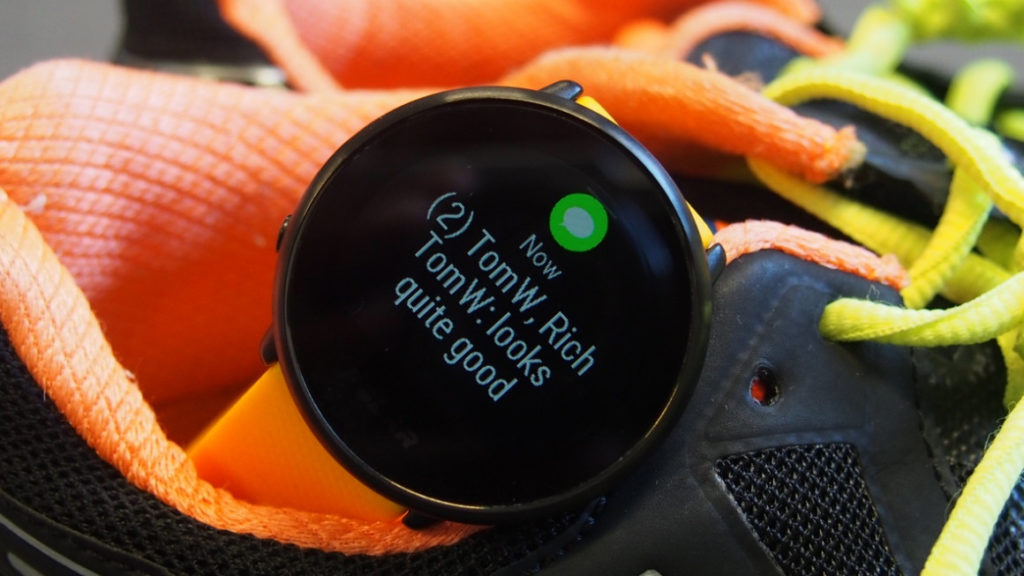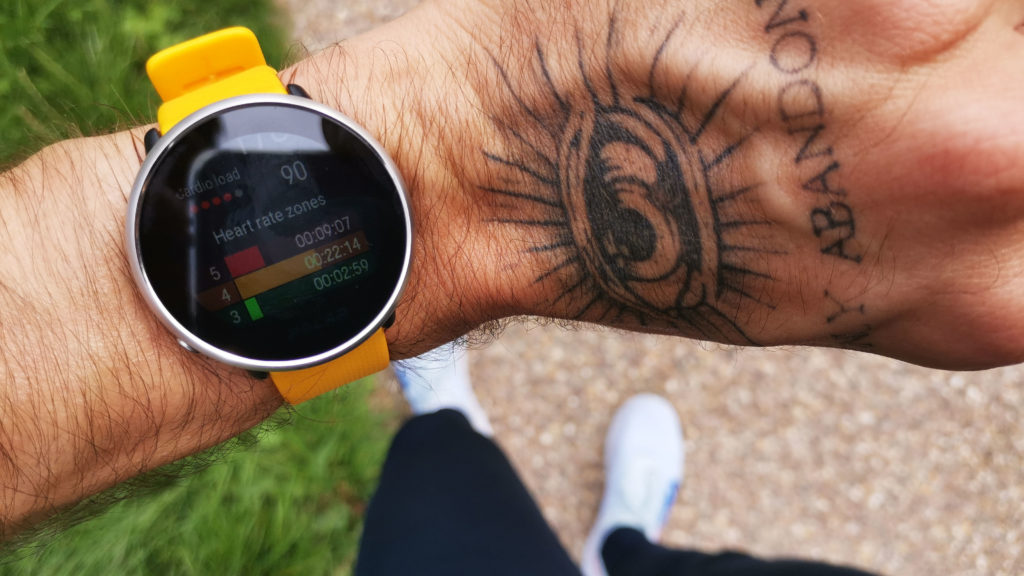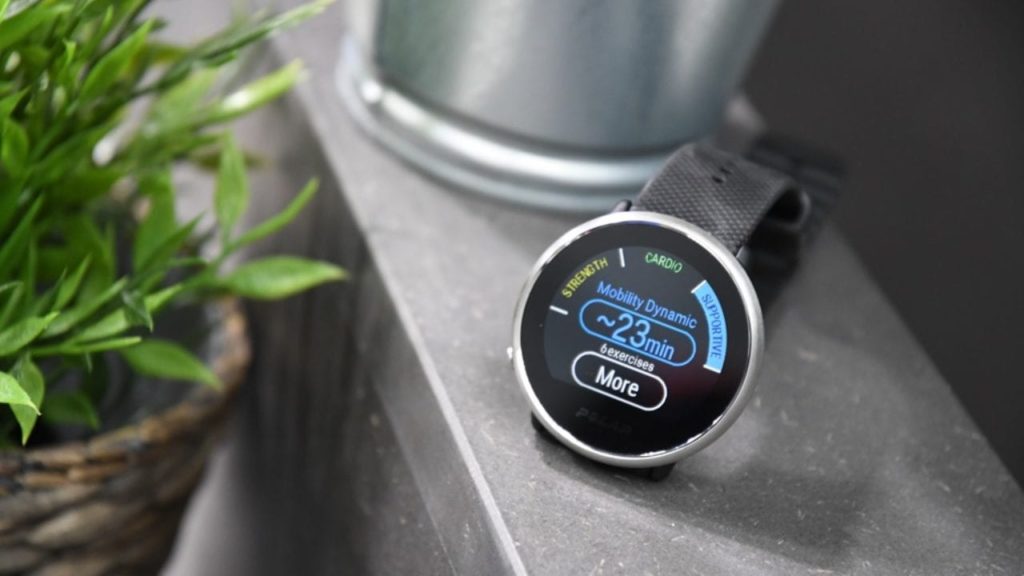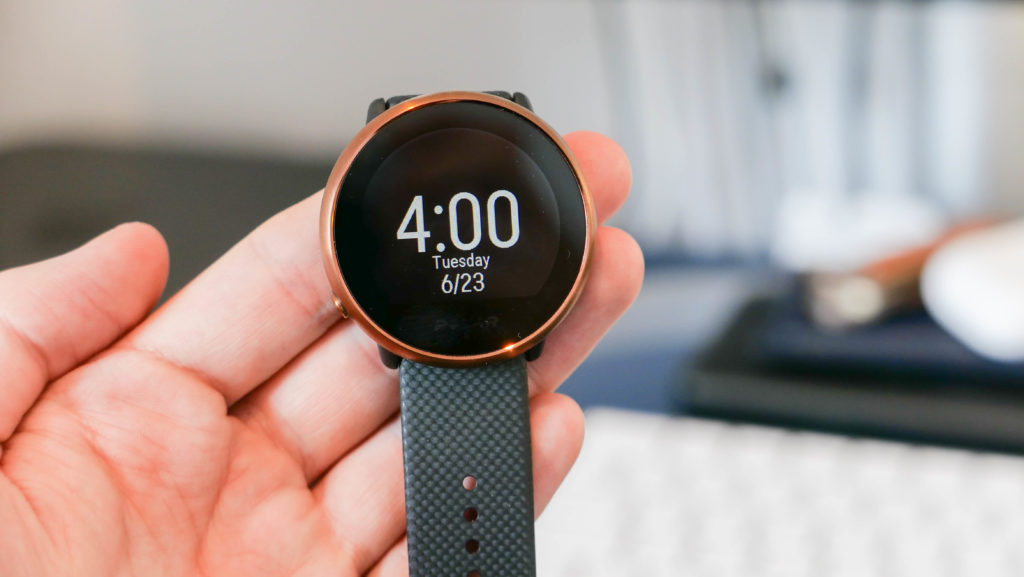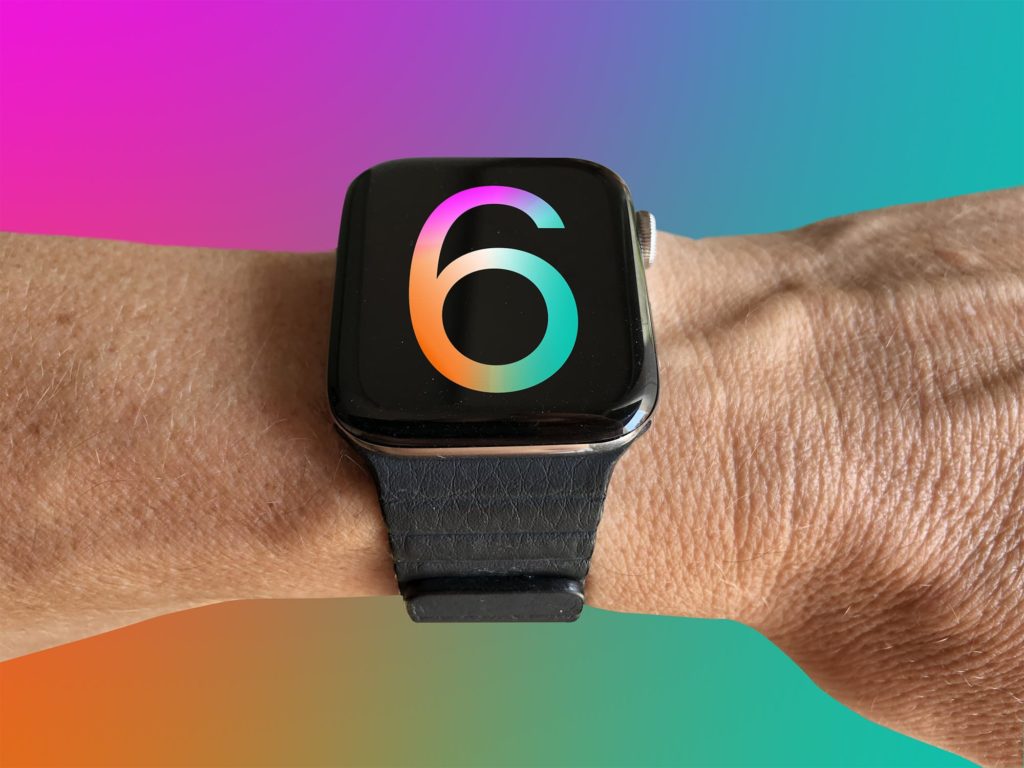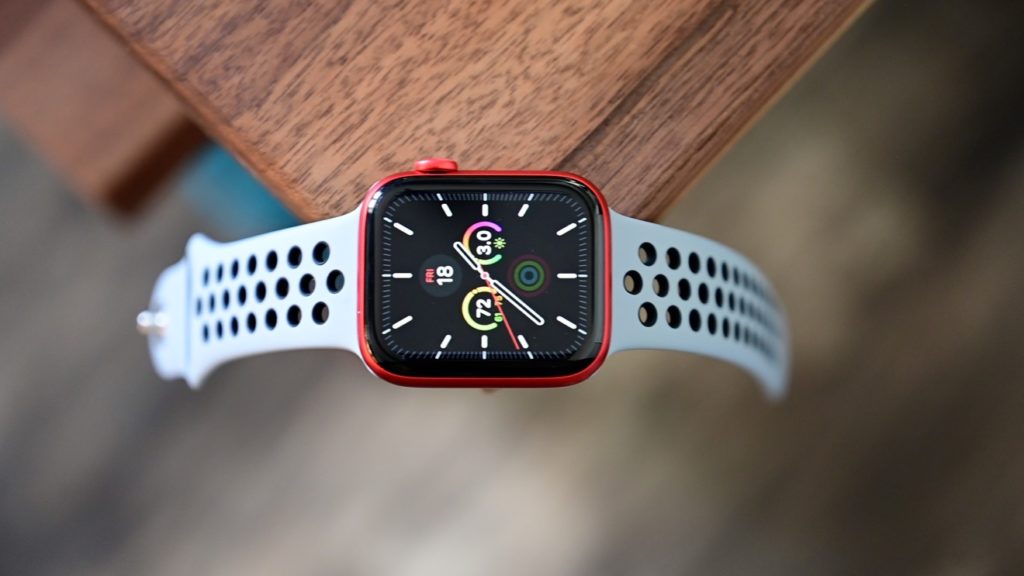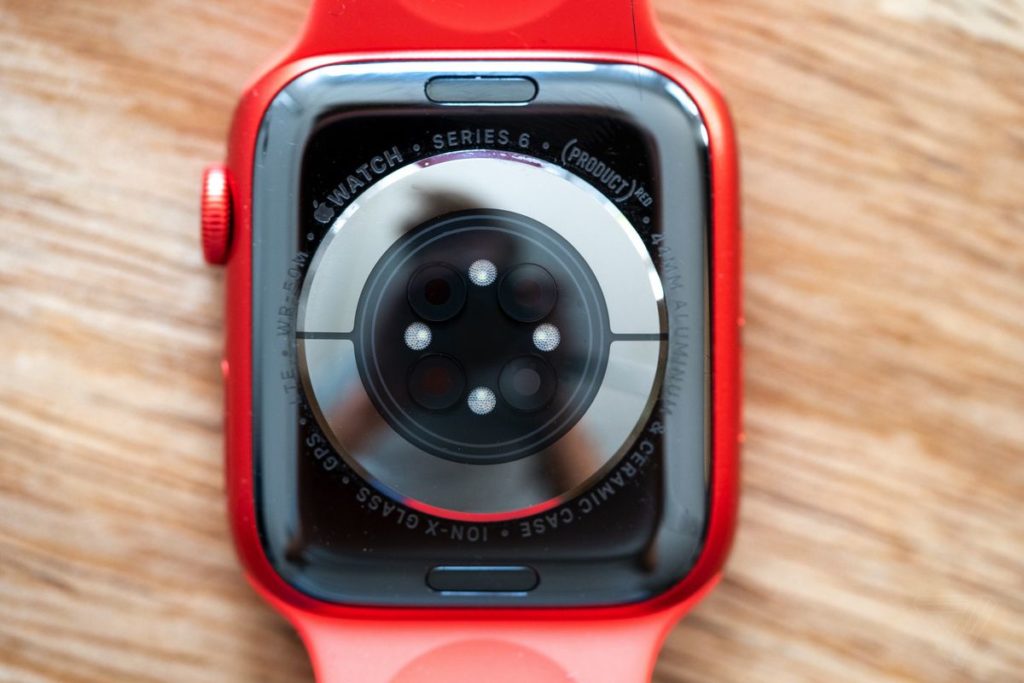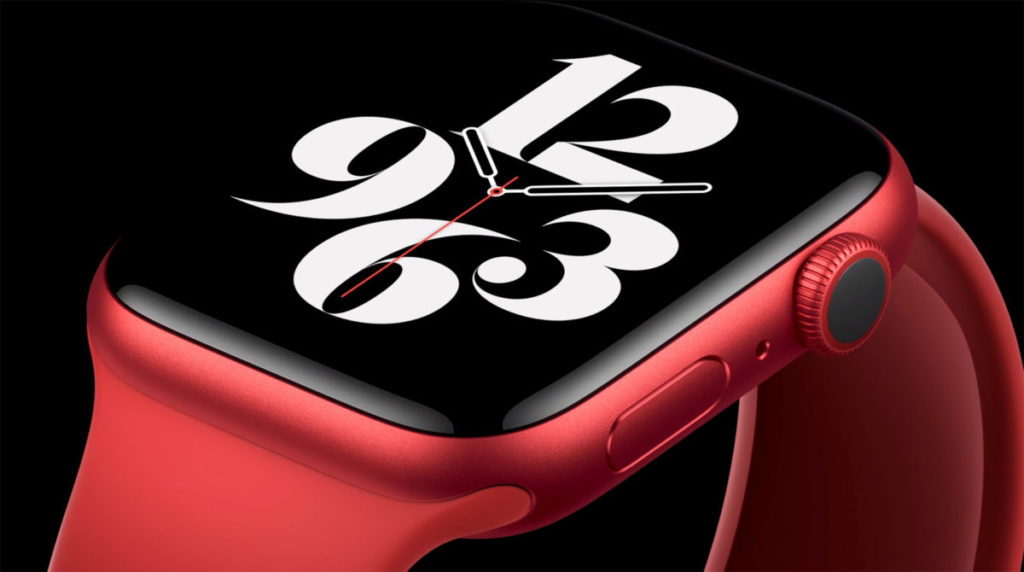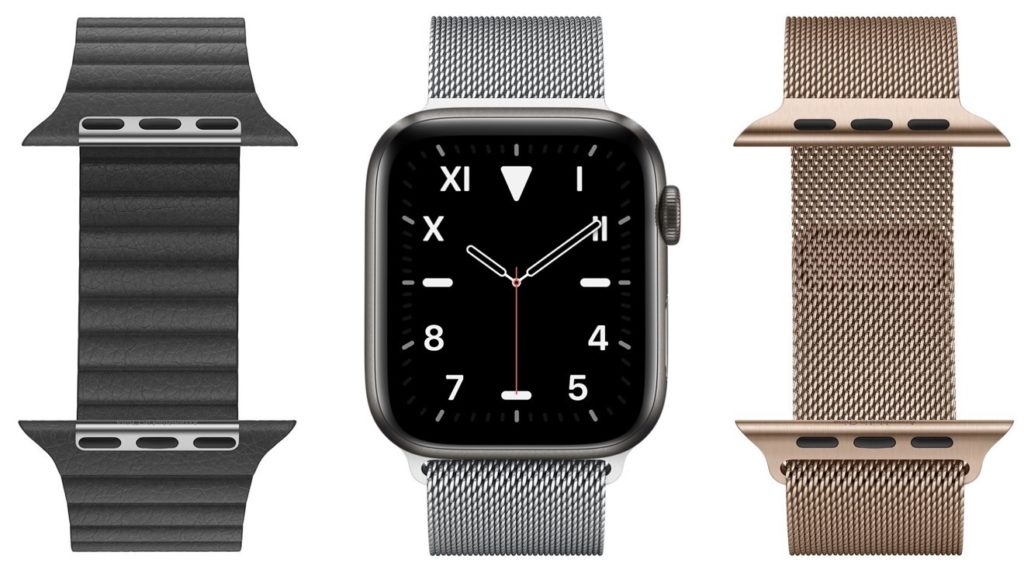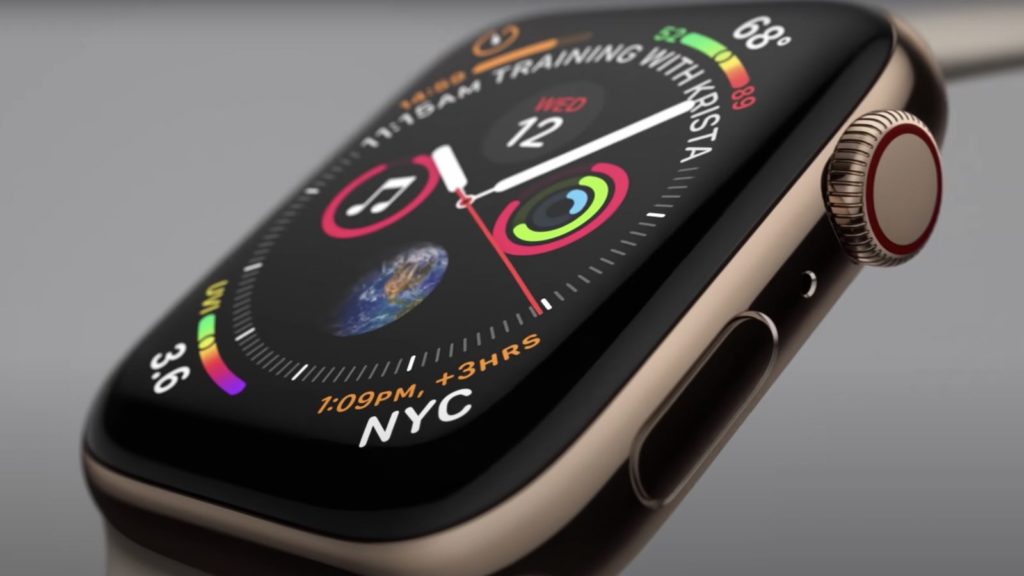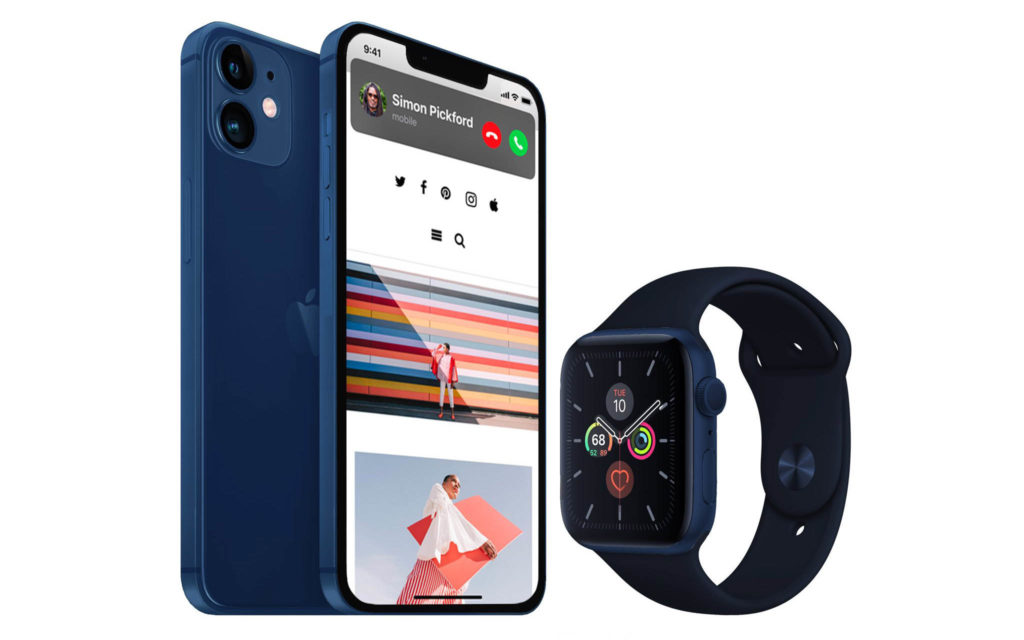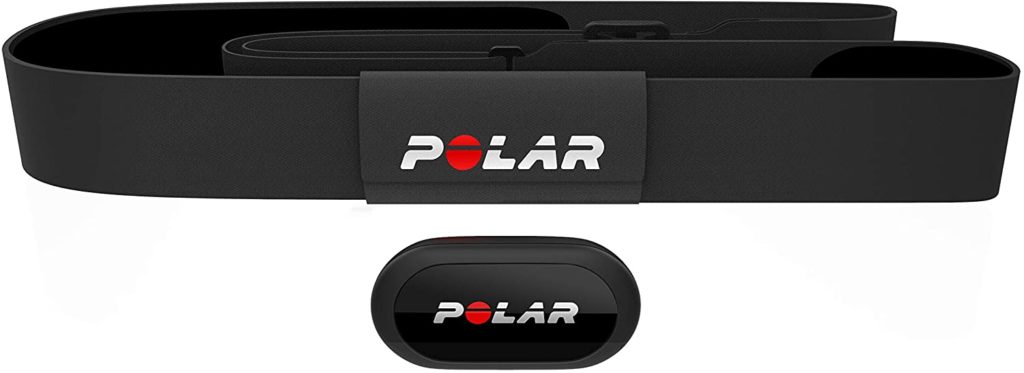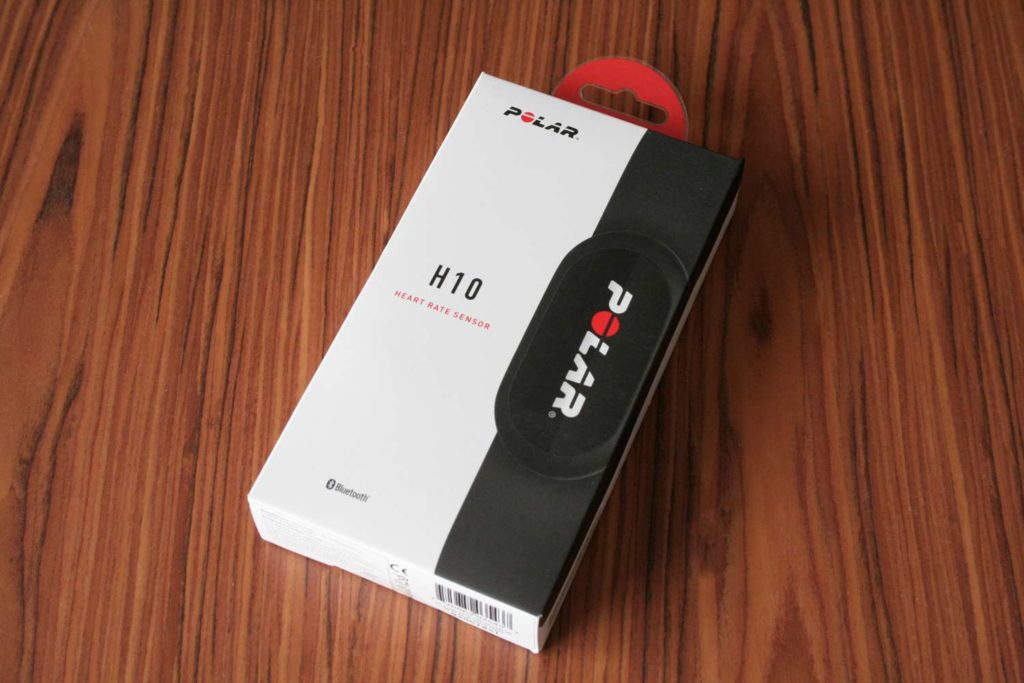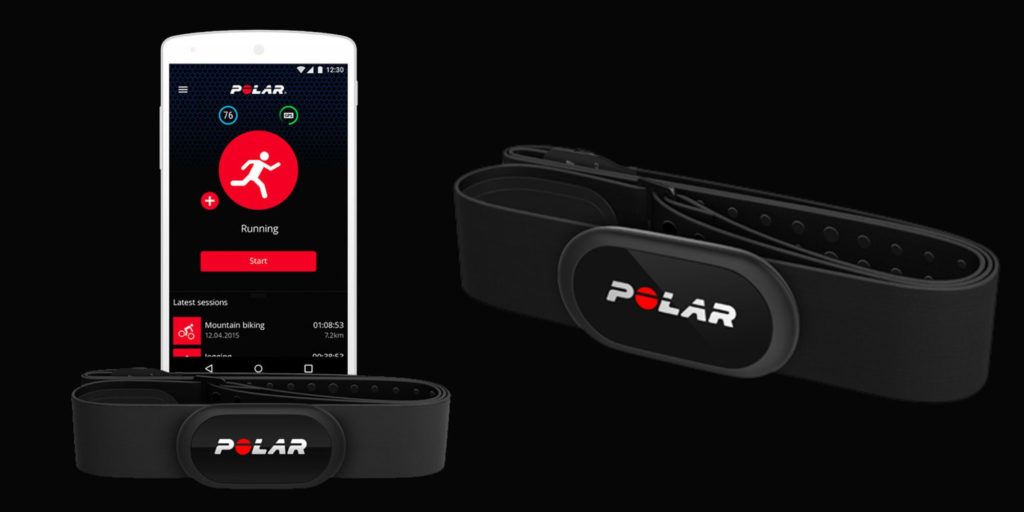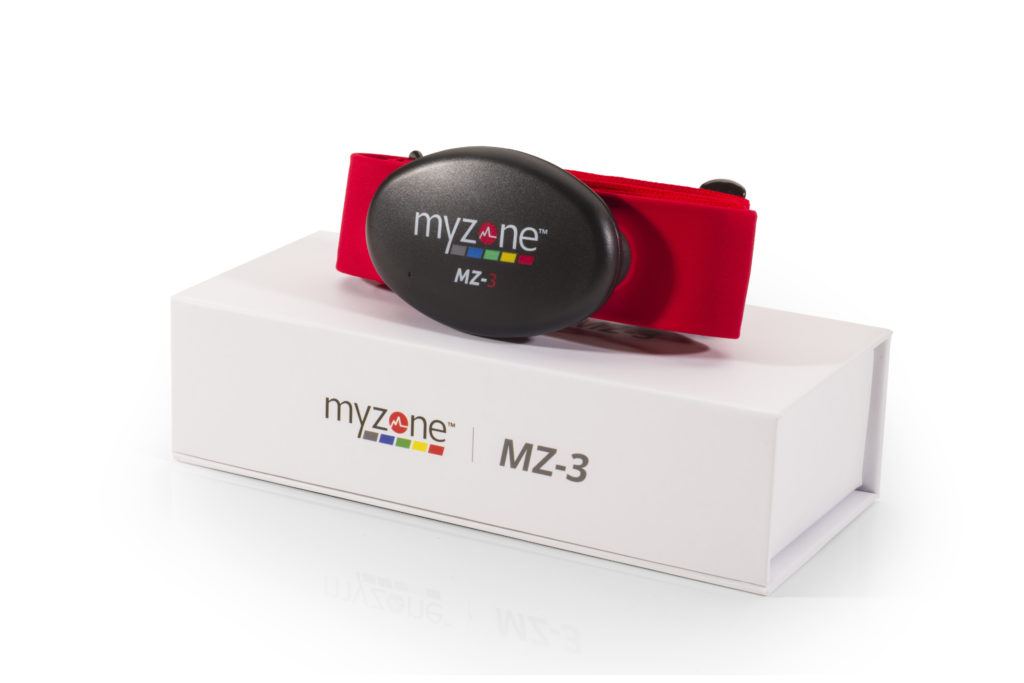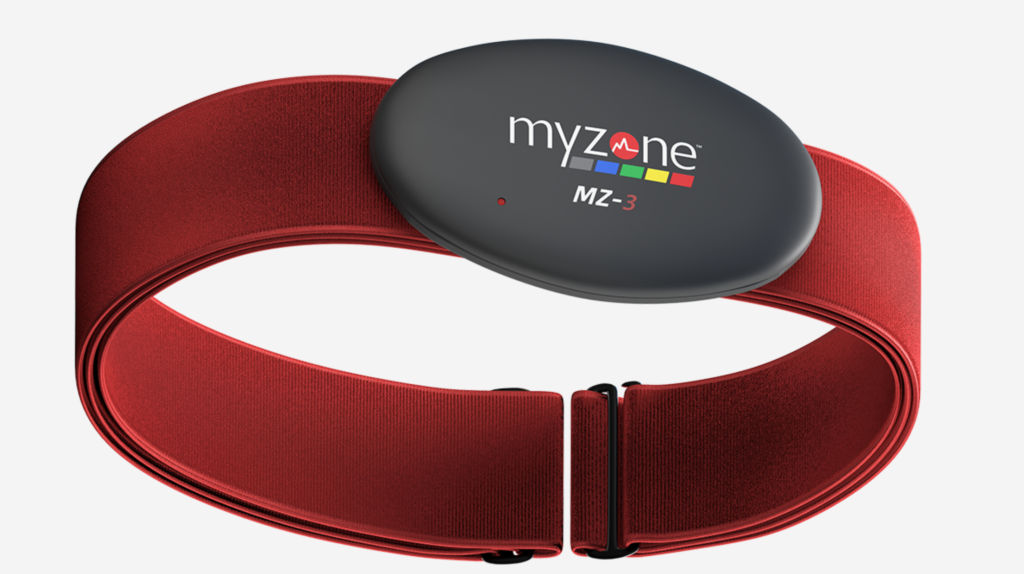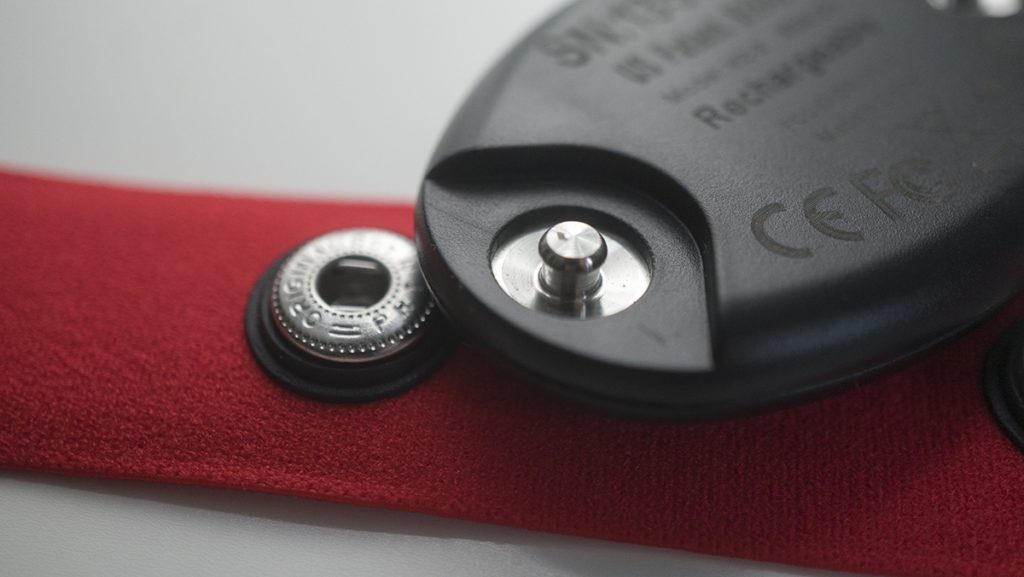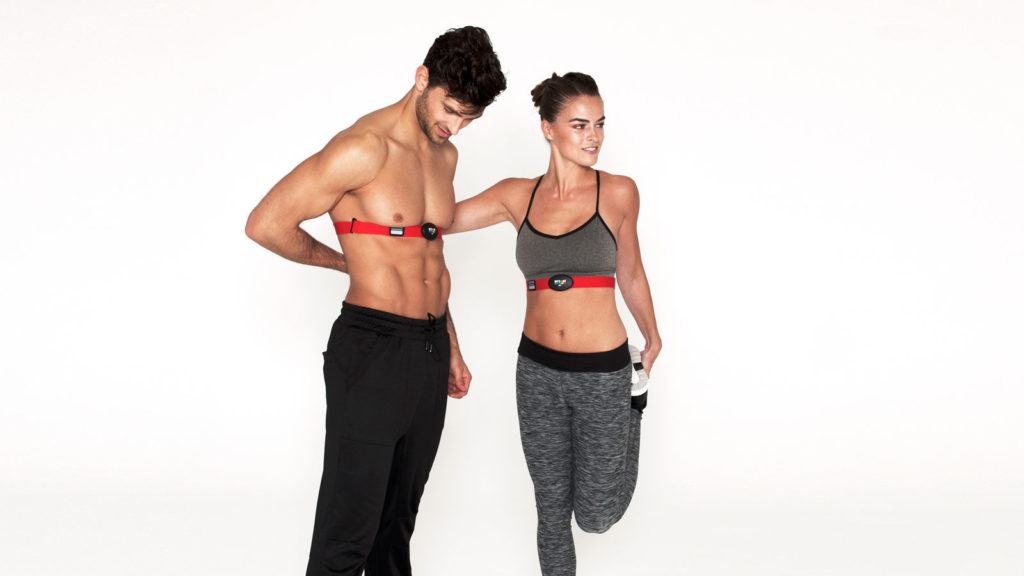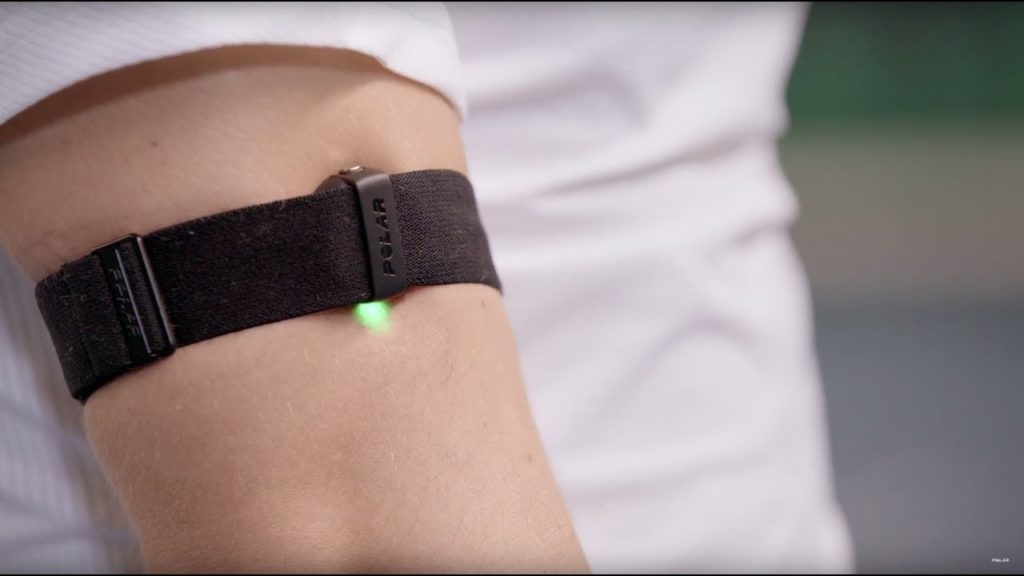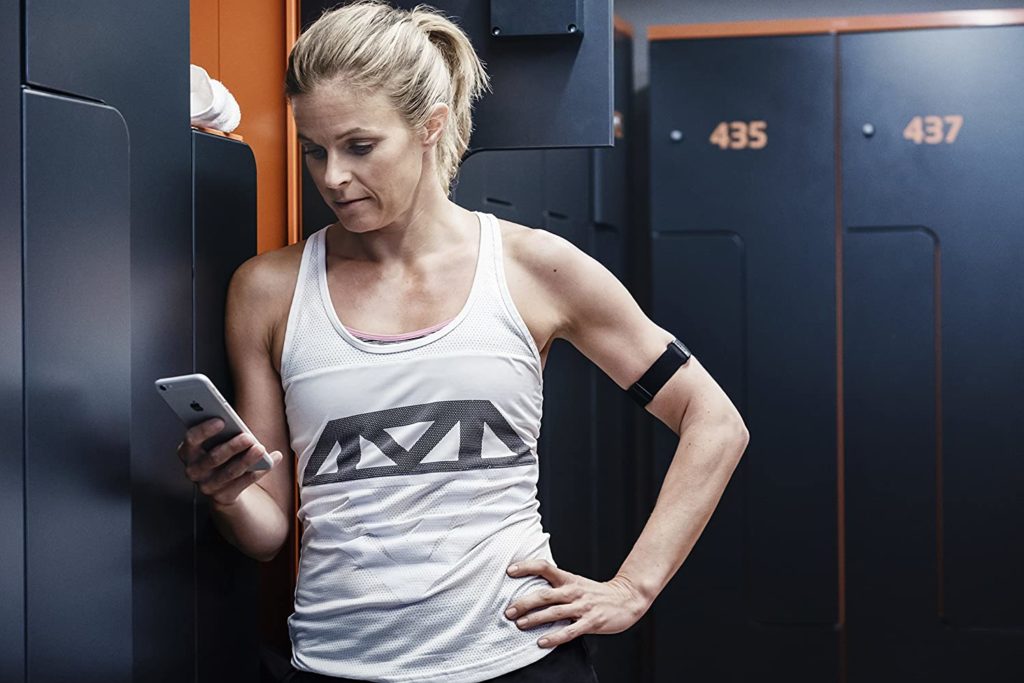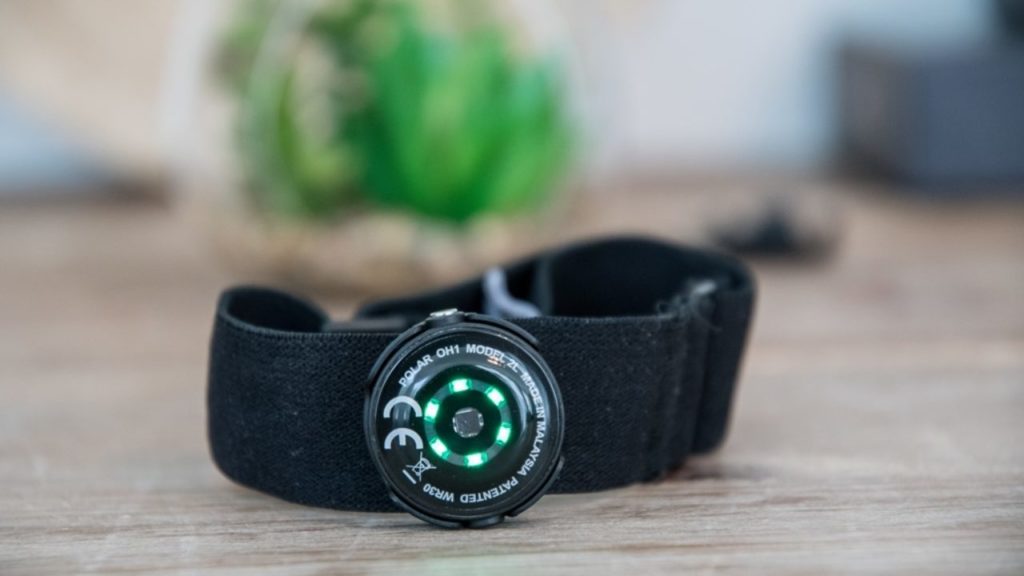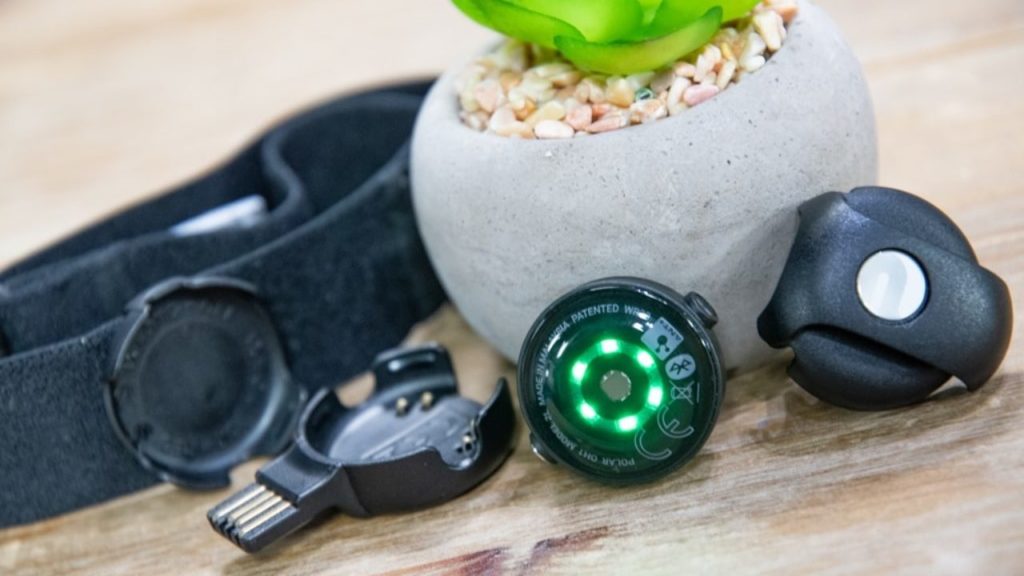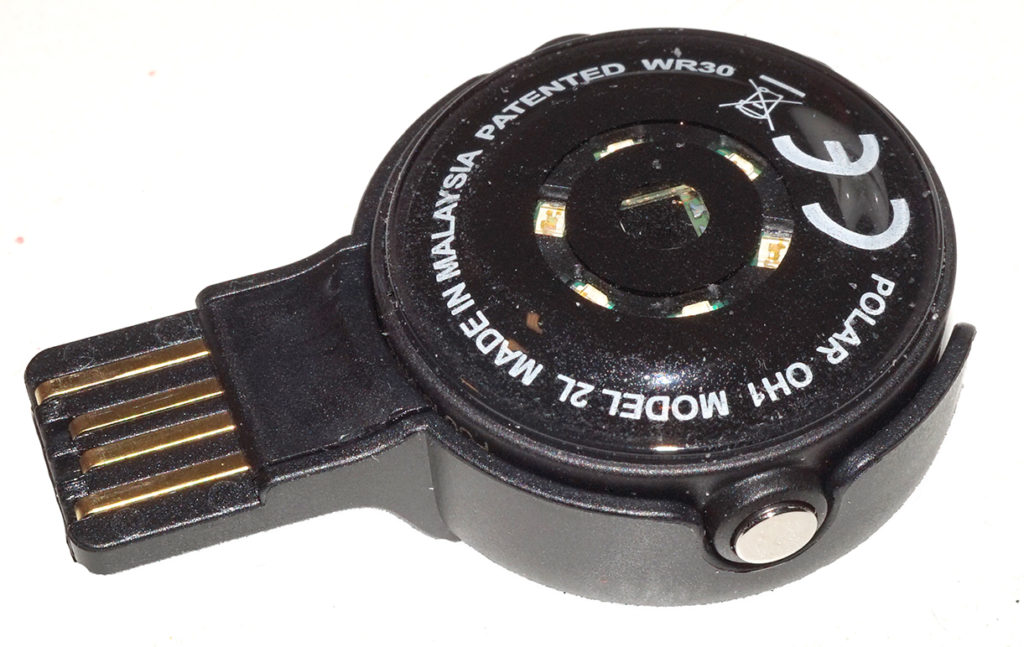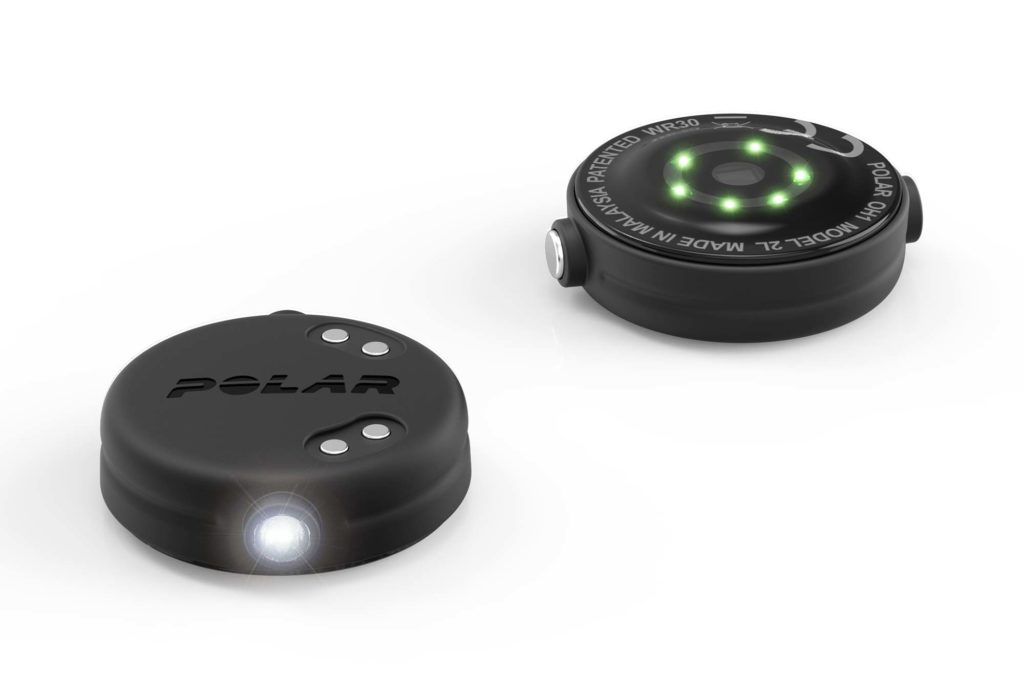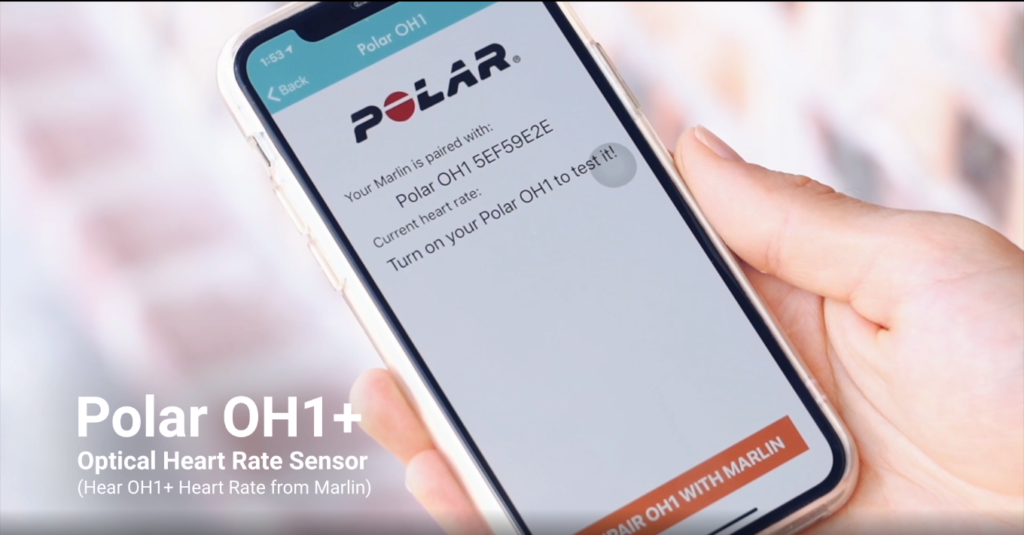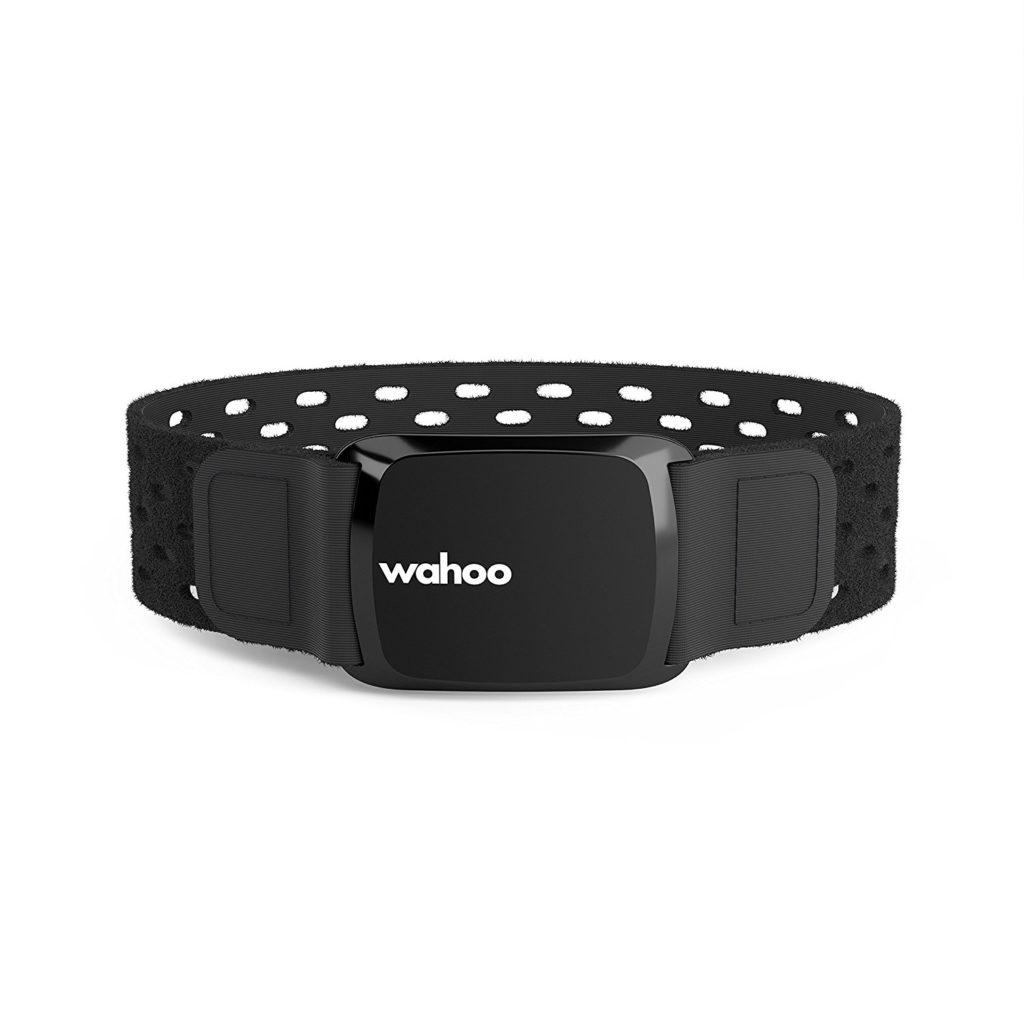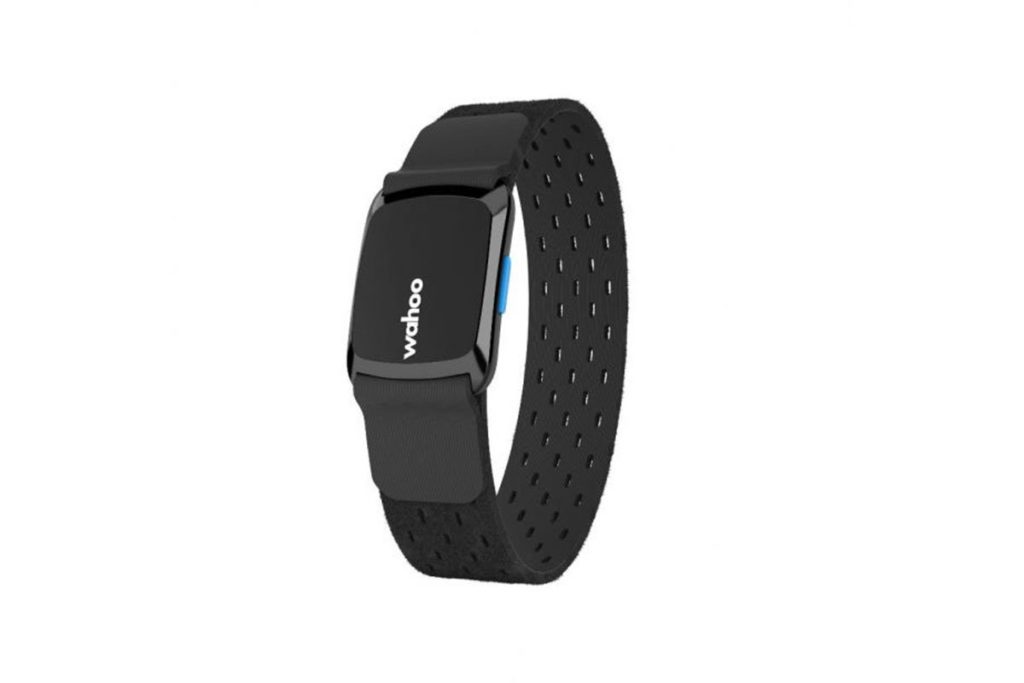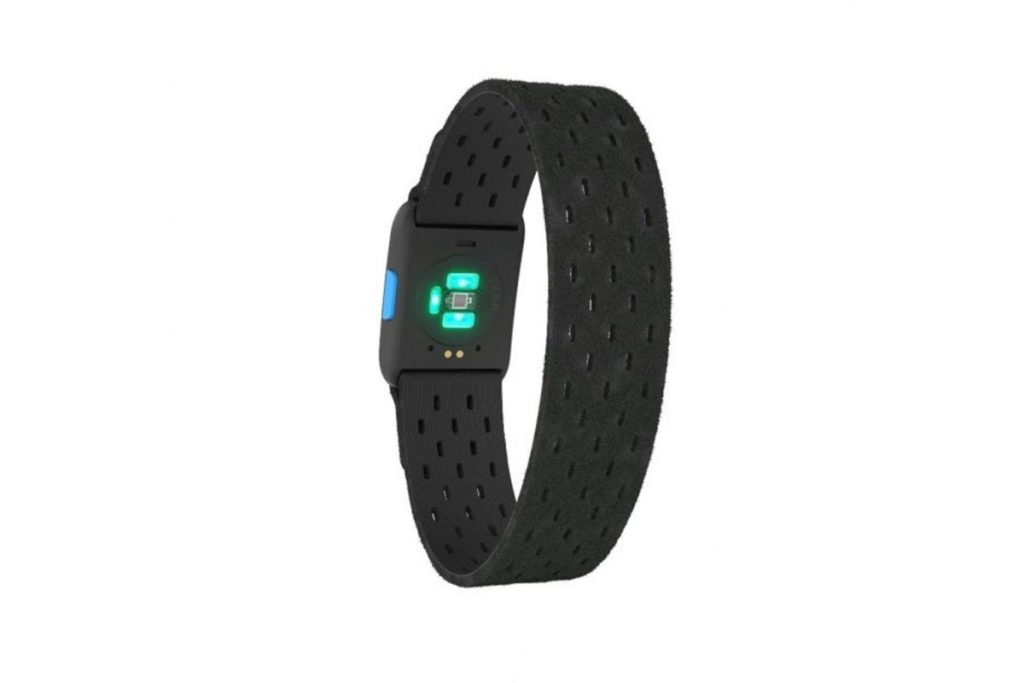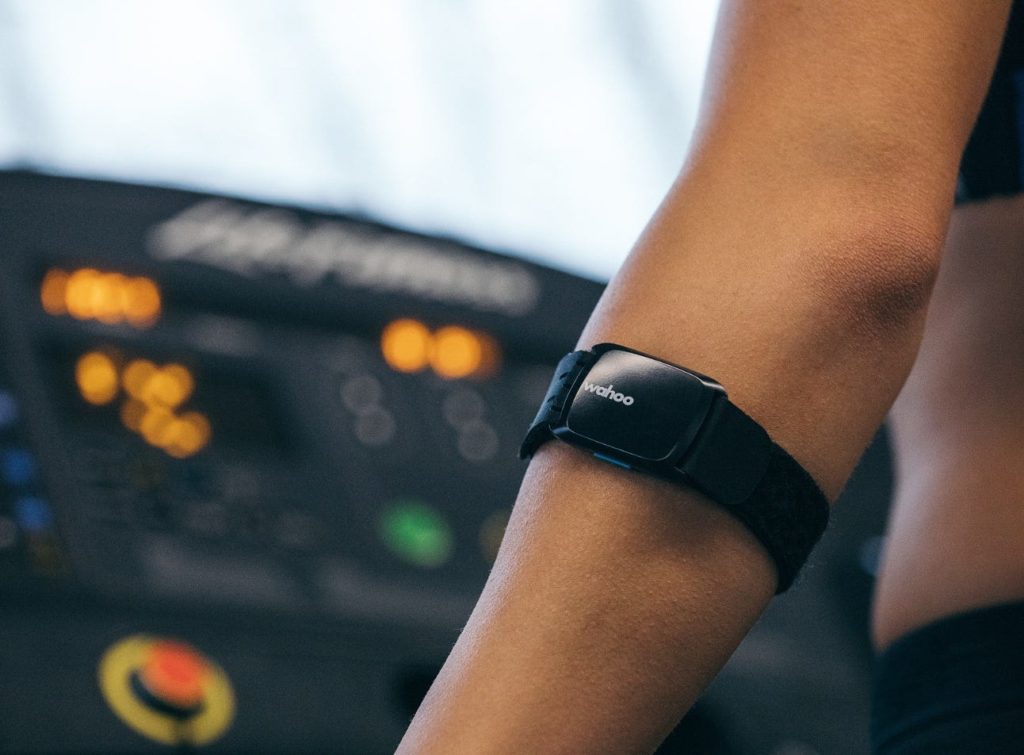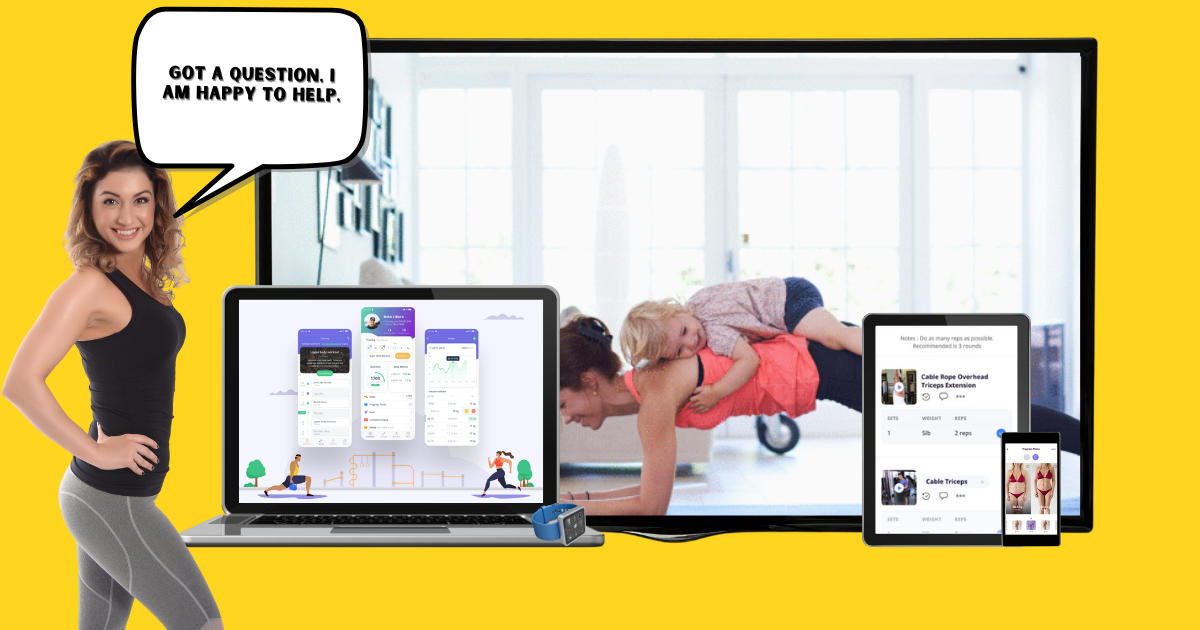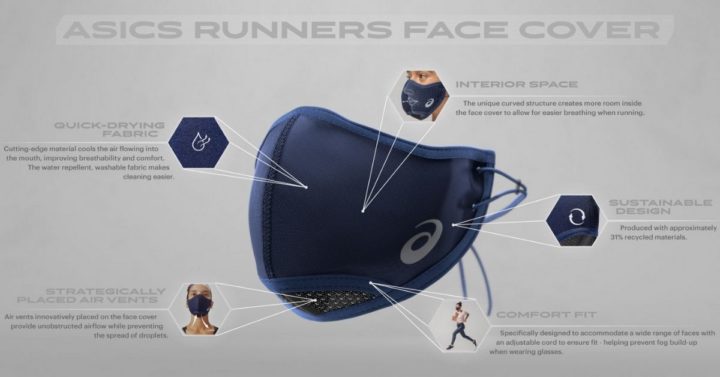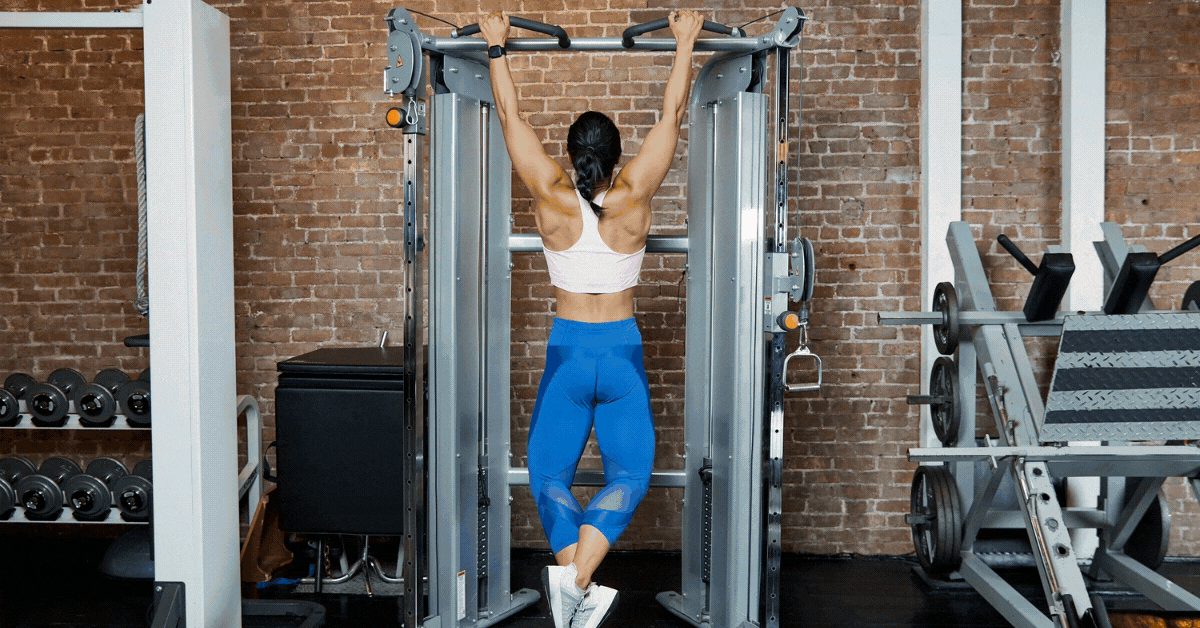Steps once reigned supreme as the go-to metric for fitness trackers, but nowadays heart rate monitoring has become the fundamental feature.
Steps once reigned supreme as the go-to metric for fitness trackers, but nowadays heart rate monitoring has become the fundamental feature. It’s a welcome development (although we still think 10,000 steps is a worthwhile goal) because tracking your heart rate allows you to see how hard you’ve pushed yourself in an individual workout by the time spent in each heart rate zone. Most trackers will also provide a measure of your overall fitness over time through your resting heart rate or an estimate of your VO2 max. And 24/7 heart rate tracking can monitor your progress towards the target of 150 minutes of moderate cardio activity a week, approved by the NHS and the World Health Organisation.
These features are appearing on more trackers than ever before, but you won’t find heart rate monitors only on the back of wrist-worn devices. There are also dedicated heart rate trackers available which are worn around your arm or chest.
Of the three places on your body you can wear them, the chest is your best bet if accuracy during a workout is key for you – if you’re doing a HIIT session (either in the gym or an interval run as part of a training plan) or basing your training around heart rate, for example. The readings from chest strap monitors are taken via electrodes, and are more reliable and recognise changes faster than those you get from wrist and armband trackers.
Wrist trackers are more comfortable and convenient to wear, though, and by keeping them on at all times you’ll get info on your resting heart rate – a very helpful measure of your general cardiovascular health – plus more in-depth sleep tracking. Newer fitness trackers are also improving their accuracy during workouts, especially if you have a light, small device that sits snugly against the wrist and have the advantage of a screen to show you how hard your heart’s working. More advanced multi-sport GPS devices can also guide you through heart rate-based workouts.
Some wrist trackers are also now able to use their heart rate monitor to take a medical-grade electrocardiogram measurement from the wrist. This can detect atrial fibrillation – an irregular heartbeat, which is a condition that’s worth getting checked out by a doctor if your device spots it. Trackers need a CE mark to be certified as medical devices in the UK to take an ECG, and only a handful have done this, including the Apple Watch, Withings ScanWatch and Fitbit Sense.
Armband trackers sit between wrist and chest strap monitors. They are optical heart rate monitors, like fitness trackers, but by positioning them on your forearm, upper arm or even around your thigh, you get a more reliable reading than on the wrist. They’re easier to slip on than a chest tracker and generally they are as accurate, but you don’t wear them outside of workouts so you can’t gain the benefits of knowing your resting heart rate or improved sleep tracking.
To help you decide which type and model of heart rate monitor best suits your needs, we’ve chosen the best heart rate monitors out there and outlined what they’re best for.
1. Best For Everyday Health Tracking: Fitbit Inspire 2
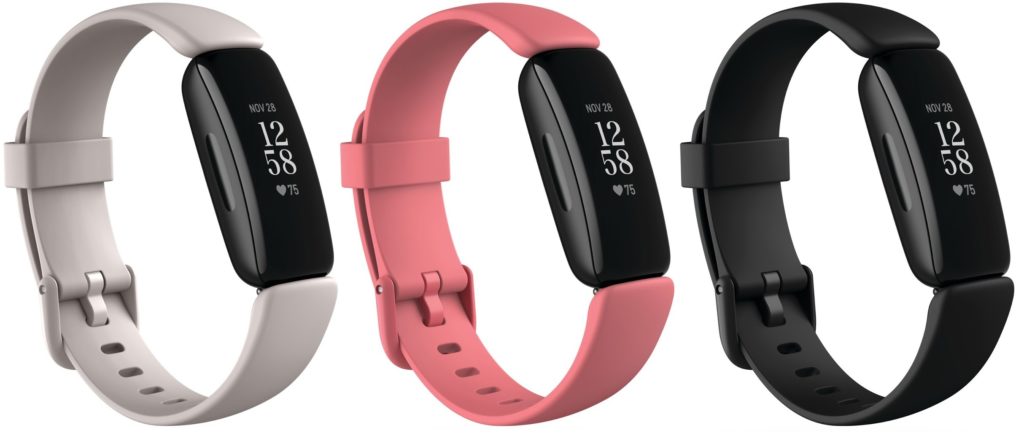
Fitbit epitomises the change in fitness tracking from steps to heart rate, with all but one device in the brand’s current line-up including an optical heart rate monitor. All of Fitbit’s best features are linked to the HRM as well, taking the heart rate information it tracks around the clock and using it to provide easy-to-understand insights into your health and fitness.
In the partner app you can view your resting heart rate over time, which is a solid indication of whether you are getting fitter – you want that number to go down – and also your Cardio Fitness Score. This is Fitbit’s equivalent of a VO2 max measurement and another useful stat that shows your general cardiovascular fitness. In this case, you want the number to go up over time. The HRM also feeds into Fitbit’s sleep tracking, and for both your slumber and Cardio Fitness Score, your numbers are compared with those of other Fitbit users of your age and sex, so you can see how you stack up.
In 2020 Fitbit debuted Active Zone Minutes which clearly tracks your progress towards the weekly target of 150 minutes of moderate cardio.

Time spent in high heart rate zones, as when running, counts double, but Fitbits will also automatically log every time your heart rate moves into a slightly higher heart rate zone, when you’re walking to the shops for instance, and add that to your tally. It also breaks the 150 minutes into 22-minute daily chunks, which helps to make it feel more achievable.
We recommend the Inspire 2 because it’s the cheapest Fitbit with Active Zone Minutes, and it’s great value at under £100. If you’re a committed exerciser, however, you’ll be better served by the Charge 4, which has a larger body and a thicker strap, and which we found tends to return more accurate readings when you’re working up a sweat.
2. Best For Guided Training: Polar Ignite
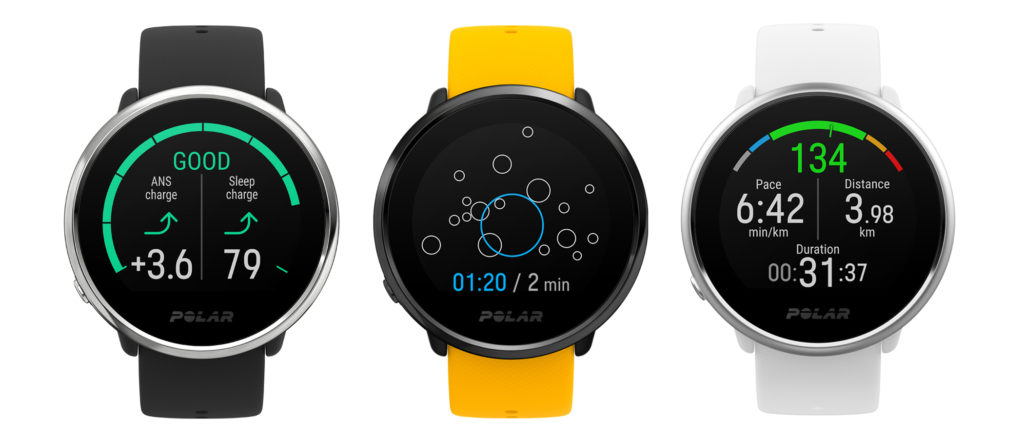
The Ignite’s slender design means that it’s easy to get a snug fit against your wrist, which results in accurate heart rate tracking even during high-intensity activities, but it’s what Polar does with that data that makes the Ignite stand out.
This starts with the running event training plans offered through the Polar Flow website and app, designed to improve your fitness and speed. Workouts based on heart rate sync to the device for you to follow.
However, it’s at night when the Ignite really comes into its own. It uses its heart rate monitor to track your heart rate and heart rate variability, which is a useful measure of how physically stressed your body is, to record how well you’ve actually recovered during your sleep. The next morning you’re given a rating of how well you’ve slept and how well your autonomic nervous system has recovered, which leads to recommendations for workouts based on your actual readiness to train that day.
Even outside of these features, the Ignite is a solid all-round sports watch that’s one of the very best available under £200. If you’re keen for insight into how you can use heart rate to shape your training it’s undoubtedly your best bet.
3. Best For Advanced Features: Apple Watch Series 6
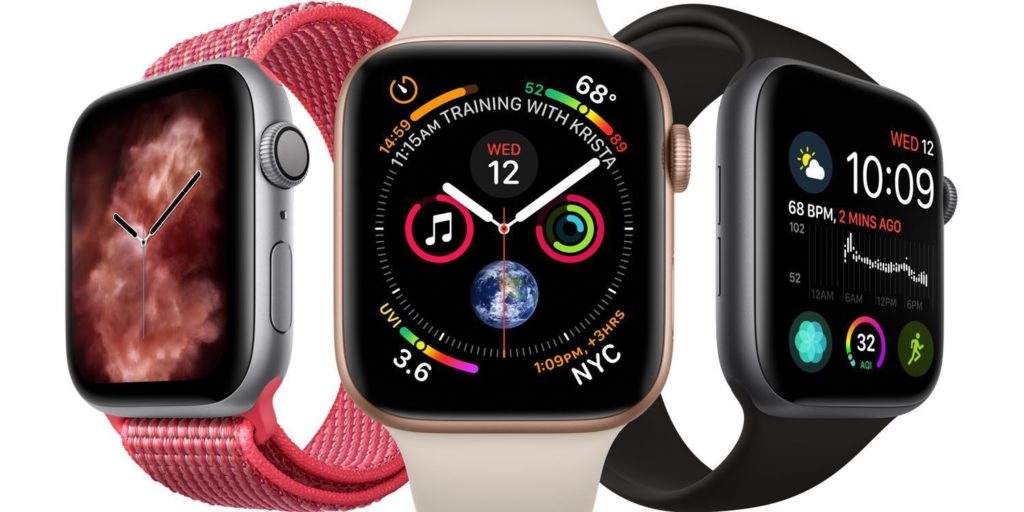
The Series 5 Apple Watch introduced some impressive heart health features, which are all present and correct on the latest version of the watch too – and it has also been upgraded through the addition of an always-on screen.
As well as tracking your heart rate throughout the day, the Apple Watch can detect an abnormally high or low heart rate. If you are commonly experiencing inexplicable highs or lows you can take this information to the doctor to check that it’s not a symptom of an underlying condition. The Watch is also capable of taking an electrocardiogram measurement, which you can do manually or set the Watch to do regularly. The test looks for signs of atrial fibrillation (irregular heartbeat), a condition which should also prompt a visit to your GP to get a proper diagnosis.
Your ticker is also tracked during exercise and once you finish your workout the Apple Watch will measure how quickly you recover, providing details on how fast your heart rate returns to a normal level. A quick return to your normal rate is an indication that you are in good shape. The Watch also measures your resting heart rate over time, and you can add a graph of your heart rate over the past few hours to the main watch face.
4. Best All-Round Chest Strap: Polar H10
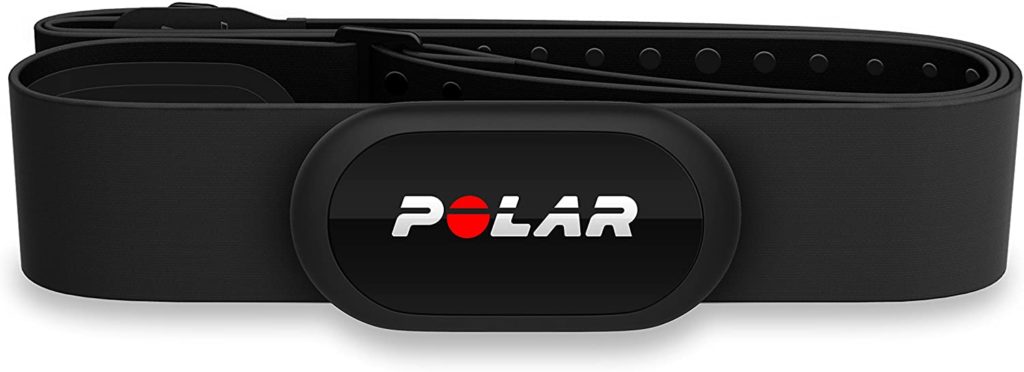
The H10 is accurate, comfortable and able to connect to two devices at the same time via Bluetooth, ANT+ and 5kHz, with the latter meaning it can be used for swimming. The battery lasts 400 hours before it needs to be replaced, which means even keen athletes will get through most of a year before having to replace it (a CR2025 replacement costs a couple of quid).
It’s also the most comfortable chest strap we’ve worn, a consideration that shouldn’t be underestimated. We found the buckle-like attachment better than the usual slip and loop you get on chest straps, and haven’t had any skin irritation from the H10 while using it for runs every day for months.
5. Best For HIIT Workouts: MYZONE MZ-3
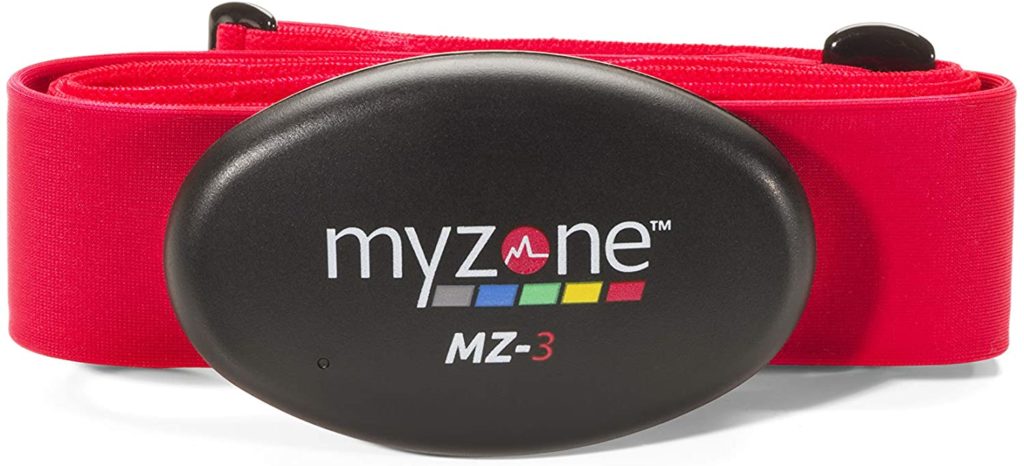
The MYZONE tracker is dead set on making your heart rate the focus of your workouts by awarding Effort Points based on the heart rate zone you’re in, whatever kind of training you favour. So time spent in a higher heart zone earns more points, which contribute toward a monthly goal and appear in rankings against fellow MZ-3 users. You can watch those points roll in live via the MyZone app, which also has a vast array of easy-to-follow heart rate-based workouts called Zone Match games. They are especially useful if you’re stuck for an idea for your next exercise bike or treadmill session – all you have to do is match your heart rate zone to the one demanded by the workout and you’ll earn extra points. On the other hand, if you’d rather not be tied to your phone while you exercise, the MZ-3 can store 16 hours of data so you don’t need to sync it after every workout.
6. Best Arm Strap: Polar OH1
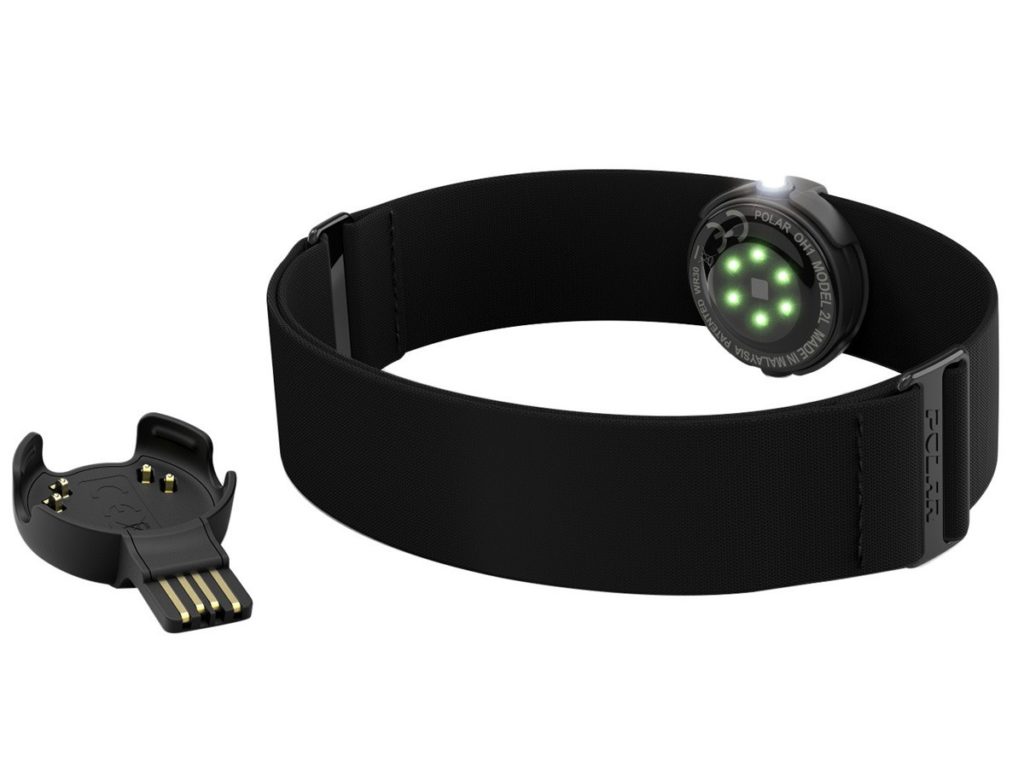
If you find chest strap trackers annoying to put on and refuse to give the prime real estate of your wrist over to a heart rate tracker, this device might be right up your street. Meet the Polar OH1, which you can wear on your upper or lower arm. (Probably the former – it looks better.)
Beyond the OH1’s body placement, its tracking credentials are impressive. The OH1 is waterproof to 30m, can store 200 hours of training and has a 12-hour battery life. It will pair with many third-party apps, devices and gym equipment via Bluetooth, and you can also use it with the Polar Beat app to view your heart rate in real time during workouts.
If you pick up the Polar OH1+ package you also get a free accessory to attach the heart rate monitor to your goggles when swimming. If you happen to have the excellent Form Smart goggles you can get the two devices to communicate and view your heart rate on the heads-up display on one lens of the goggles.
7. Best Arm Strap For ANT+ Users: Wahoo TICKR FIT
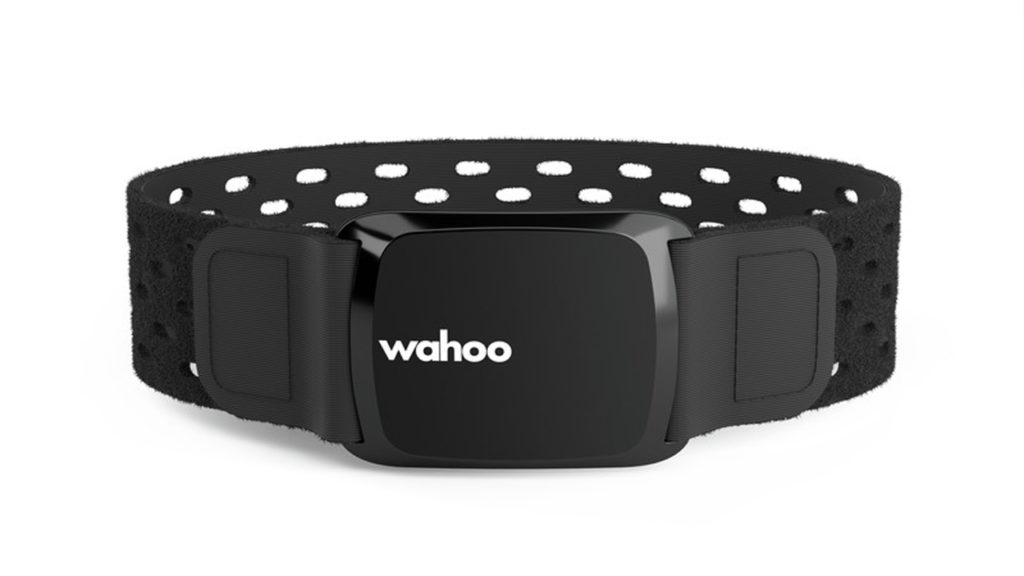
As if Wahoo was going to sit on the sidelines and let Polar dominate the arm-based tracker sector. Its challenger to the OH1, the Wahoo TICKR FIT, is an optical tracker you can wear on your upper or lower arm. (Probably the former – it still looks better.)
The TICKR FIT edges out the OH1 in a couple of important ways – it has a 30-hour battery life and connects via both Bluetooth and ANT+ (the Polar OH1 only uses Bluetooth). However, the OH1 has a built-in memory to store your workouts to sync with apps and other devices later, whereas the TICKR FIT doesn’t – it transmits your heart rate during a workout just fine, but won’t store it offline.
8. Best For Swimmers And Triathletes: Garmin HRM-Swim OR HRM Tri
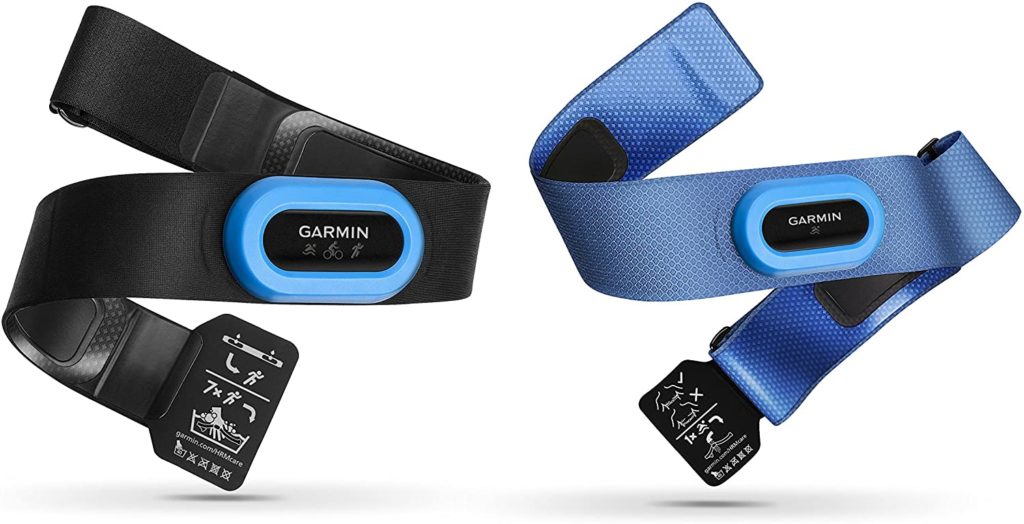
It can be tricky for even waterproof trackers to get a reliable heart rate reading when swimming because the water buffets them about and interferes with the optical sensors used on wrist wearables. This chest tracker from Garmin has a non-slip strap to keep it in place when you push off from the end of a pool, and can be used for open-water swimming as well. If you’re using another compatible Garmin device, the HRM-Swim or HRM Tri will beam your heart rate to it every time your chest pops out of the water, but it also stores the data to upload to your smartphone so you can review it after your workout.
9. Best Under £50: Wahoo TICKR
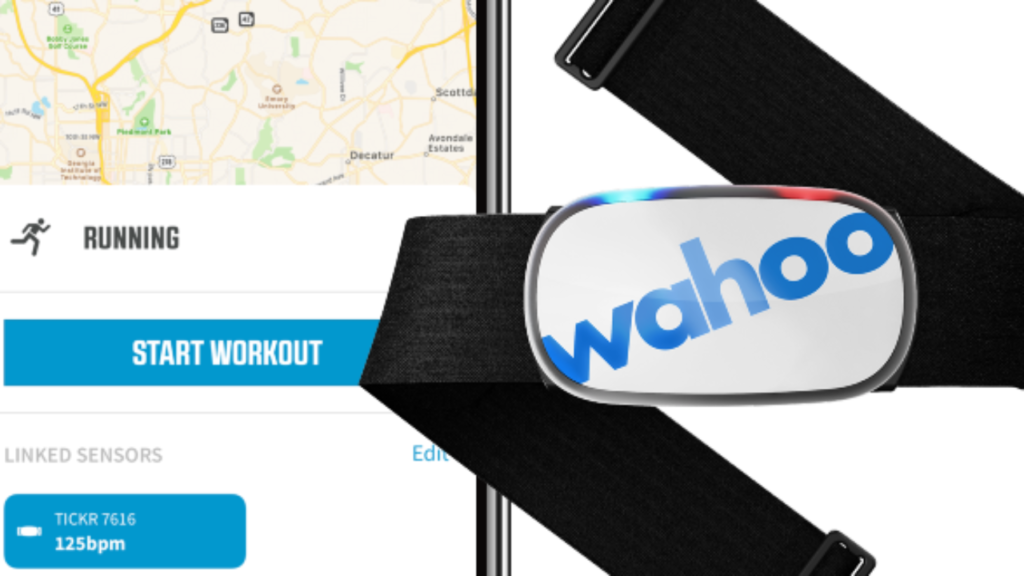
Wahoo has recently updated its popular TICKR heart rate monitors: both the standard TICKR and the TICKR X have seen an increase of almost 50% in the life of the CR2032 coin battery they use. That’s up to 500 hours – you’ll have to be an elite athlete to get through that in a year. The more expensive TICKR X adds running dynamics stats like vertical oscillation and ground contact time, but if you don’t feel the need for those extras then stick with the cheaper TICKR, which offers tremendous value. It can connect via ANT+ and Bluetooth, and can be paired with up to three Bluetooth devices at once.

